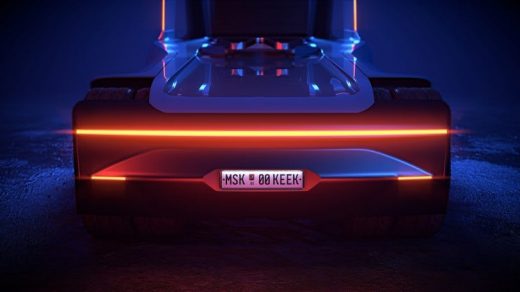Semitrucks are about to look totally insane
For a solid 30 seconds, I had no idea what I was looking at. Was this a cyber forklift? A gigantic iPhone on wheels? In fact, the Gruzovikus is a robotic semitruck concept: a peek at what long-haul shipping could look like in the future when vehicles are fully electric and drive themselves.
Designed by Art Lebedev Studio, the Russian design firm that has created everything from a sensible new subway map for Moscow to the wild Optimus keyboard (which placed a mini OLED display onto every key—way back in 2008!), the Gruzovikus teases a radical departure from the semitrucks we have today.
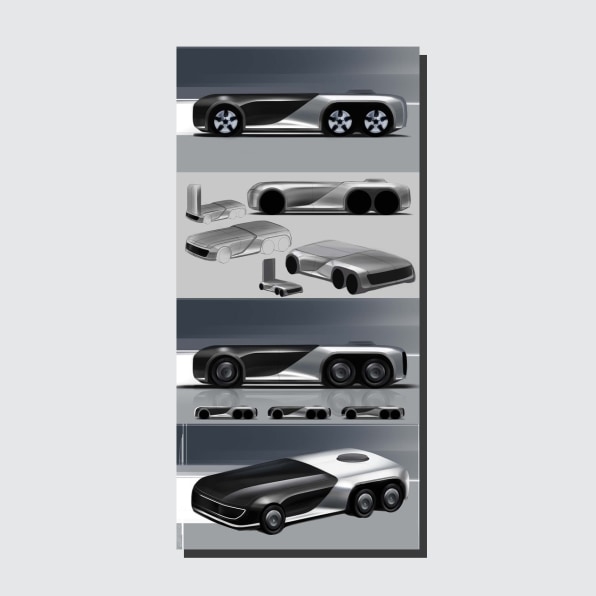
So far, even the electric semis of tomorrow look a lot like the semis of today. The German auto manufacturer Daimler launched an electric semi in 2019 that looks completely typical, right down to the oversize front grill. Even Tesla’s electric semitruck, which is still in development, takes a far more conventional approach in its design than its avant-garde Cybertruck. The chunky front cabin is perfectly familiar, albeit with a bit of curvy paneling, which is clearly meant to slice the giant box through the wind like the tip of a spear.
On the other hand, the Gruzovikus’s cab is not a cab at all. With no diesel engine or seating for humans necessary, the boxy cab has been replaced with a flat panel. It doesn’t look all that aerodynamic, though according to the studio, the front screen combined with airfoils on each cheek are designed to channel air past the vehicle. The flat design allows the trailer to attach over the front axle of the truck rather than the rear, which the studio says adds stability to the ride.
We’d need a wind tunnel and a test track to prove those claims. Still, the Gruzovikus is a provocative concept. Its monolithic front advertises the self-driving technology within; it’s the face of an emotionless AI hurtling down the road. Other features—the front lights, the side panels, the rear of the vehicle—suggest the aggressive chiseling of a sports car. These details broadcast a performance-oriented point of view.
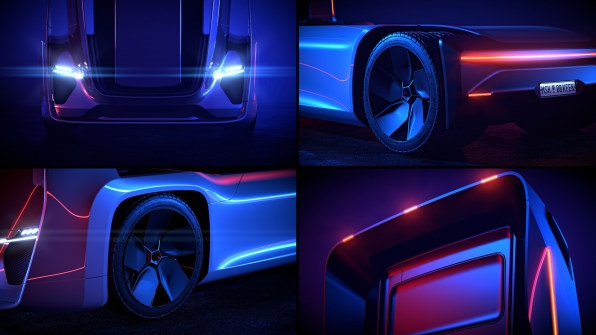
[Image: courtesy Lebedev Studio]
Electric and now self-driving vehicles are offering the first chance in nearly 100 years for designers to rethink the form factors of cars. We saw this early on with the Prius. Its wedge shape signaled not just aerodynamics but conspicuous conservation—the tendency of consumers to buy products that show off their environmental cred. Then Google imagined the self-driving car, not as a killer robot on wheels, but as a soft-touch, pedestrian-friendly vehicle. Now we’re seeing countless concepts that envision the car as less of a cockpit for four than a spacious, sex-filled room on wheels.
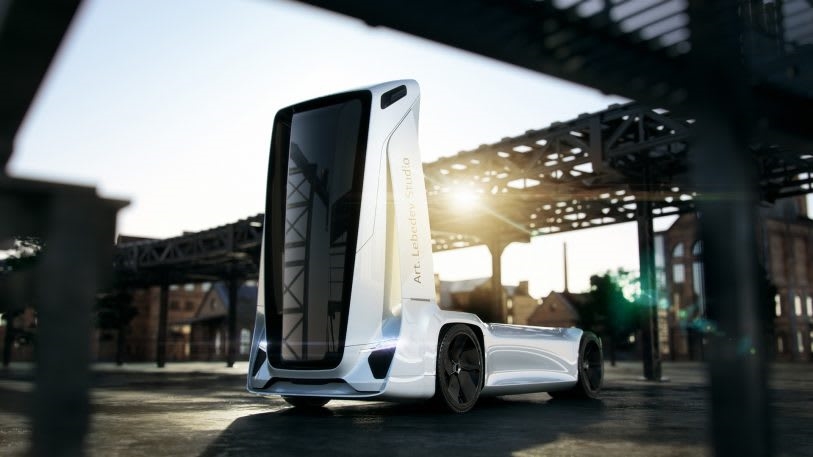
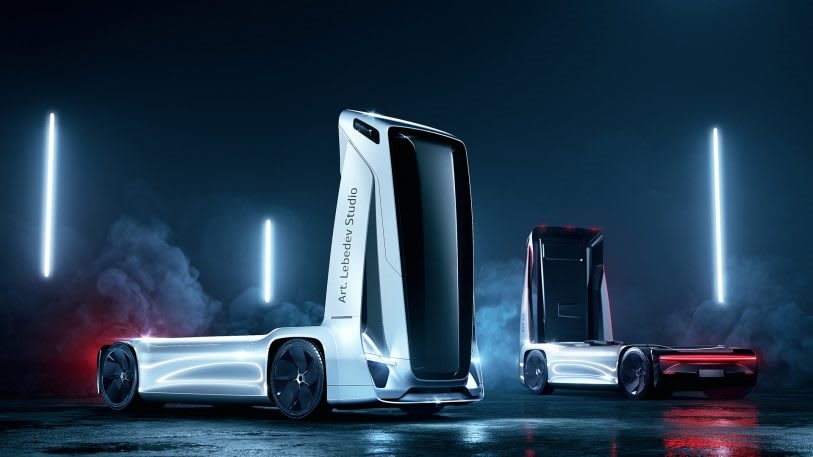
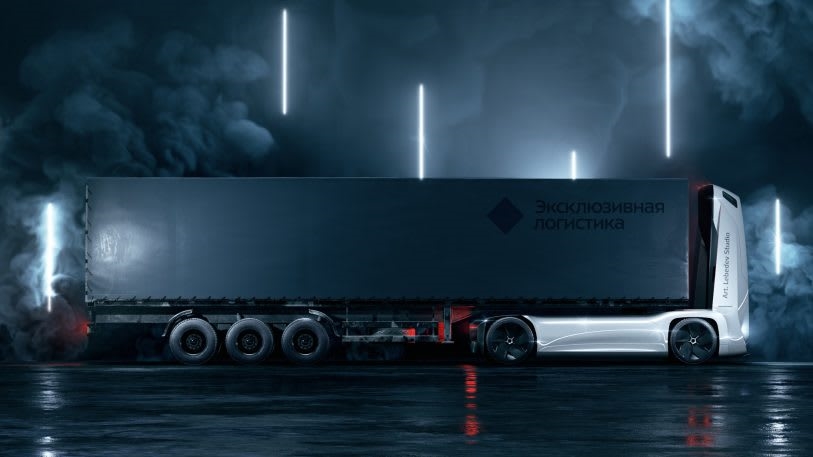
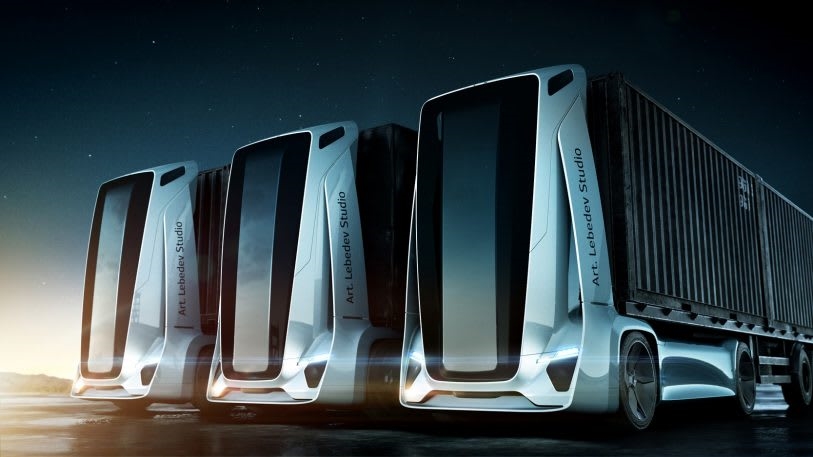
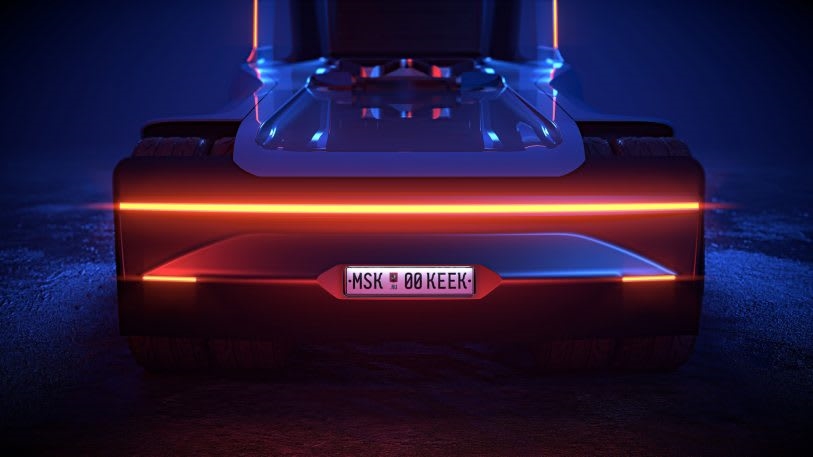
(46)

